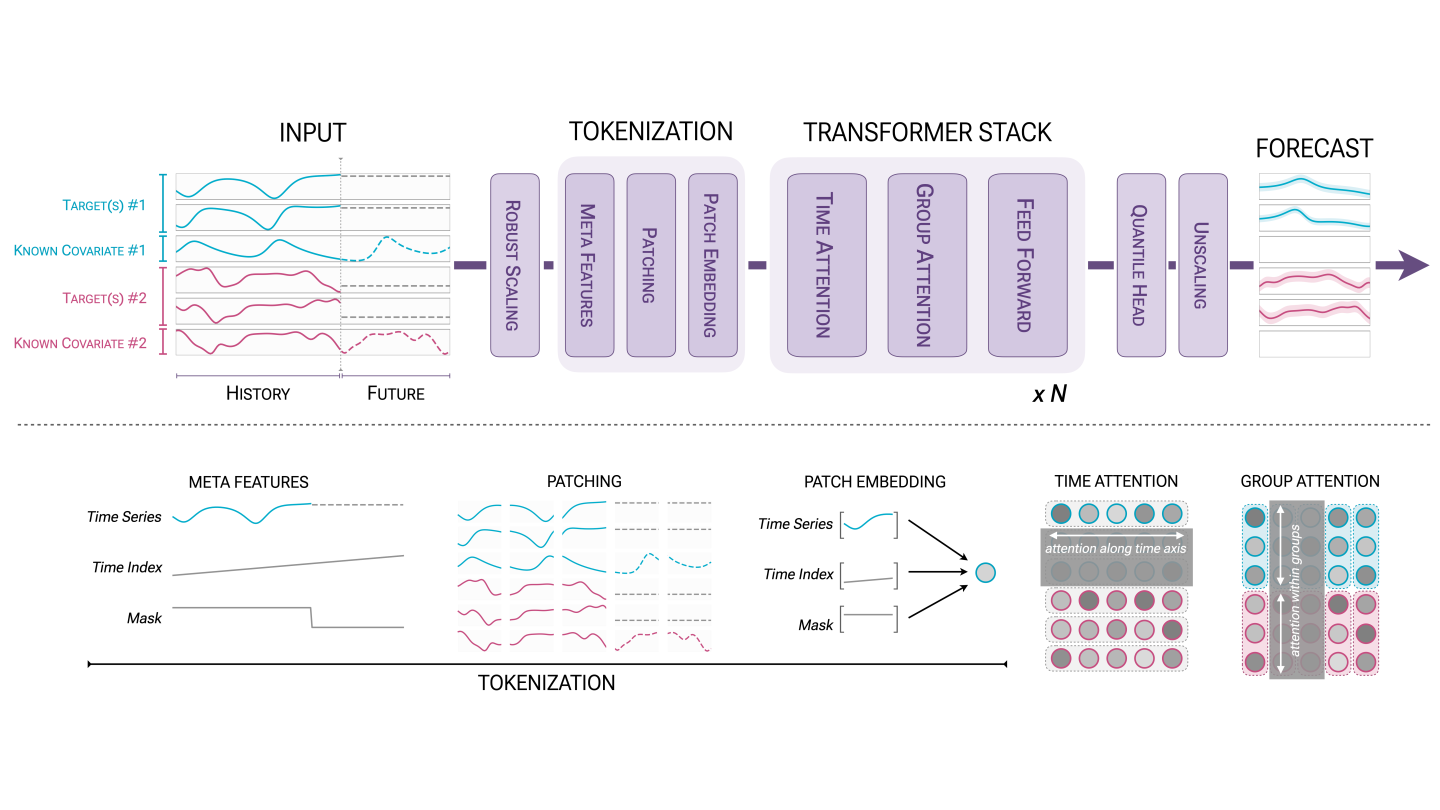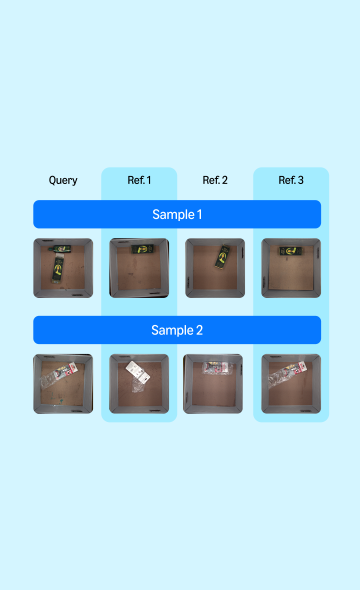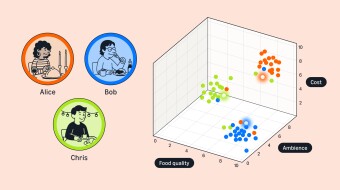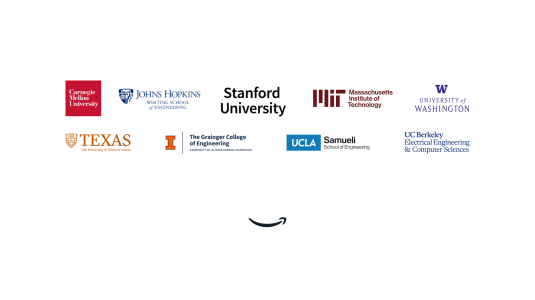Customer-obsessed science


Research areas
-
November 6, 2025A new approach to reducing carbon emissions reveals previously hidden emission “hotspots” within value chains, helping organizations make more detailed and dynamic decisions about their future carbon footprints.
-
-
Featured news
-
2024Various types of learning rate (LR) schedulers are being used for training or fine tuning of Large Language Models today. In practice, several mid-flight changes are required in the LR schedule either manually, or with careful choices around warmup steps, peak LR, type of decay and restarts. To study this further, we consider the effect of switching the learning rate at a predetermined time during training
-
2024Large Language Models (LLMs) have shown impressive capabilities but also a concerning tendency to hallucinate. This paper presents REFCHECKER, a framework that introduces claim-triplets to represent claims in LLM responses, aiming to detect fine-grained hallucinations. In REFCHECKER, an extractor generates claim-triplets from a response, which are then evaluated by a checker against a reference. We delineate
-
ACM SoCC 20242024There has been a growing demand for making modern cloud-based data analytics systems cost-effective and easy to use. AI-powered intelligent resource scaling is one such effort, aiming at automating scaling decisions for serverless offerings like Amazon Redshift Serverless. The foundation of intelligent resource scaling lies in the ability to forecast query workloads and their resource consumption accurately
-
2024Machine unlearning is motivated by desire for data autonomy: a person can request to have their data’s influence removed from deployed models, and those models should be updated as if they were retrained without the person’s data. We show that, counter-intuitively, these updates expose individuals to high-accuracy reconstruction attacks which allow the attacker to recover their data in its entirety, even
-
Machine learning (ML) models trained using Empirical Risk Minimization (ERM) often exhibit systematic errors on specific subpopulations of tabular data, known as error slices. Learning robust representation in the presence of error slices is challenging, especially in self-supervised settings during the feature reconstruction phase, due to high cardinality features and the complexity of constructing error
Collaborations
View allWhether you're a faculty member or student, there are number of ways you can engage with Amazon.
View all













































